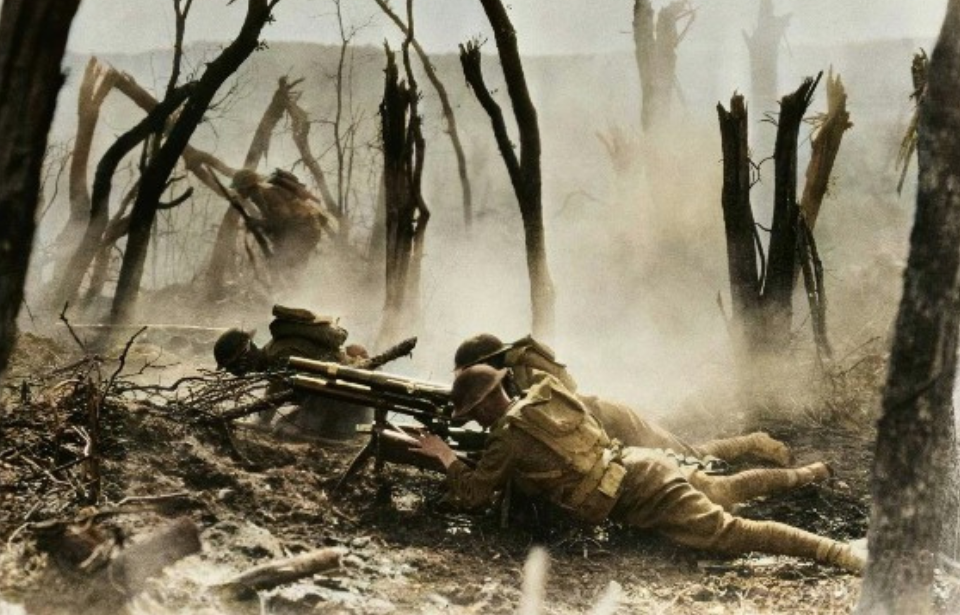When the First World War began in 1914, it quickly became apparent that newer, more advanced weapons were needed. This was particularly true on the frontlines, where infantrymen had to contend with not only mazes of trenches, but fortified bunkers and machine gun nests. In response, the French Army developed the 37 mm M1916. While it was intended to excel on the Western Front, the opposite proved to be true, causing it to become all but obsolete by the middle of World War II.
Developing a potent infantry weapon
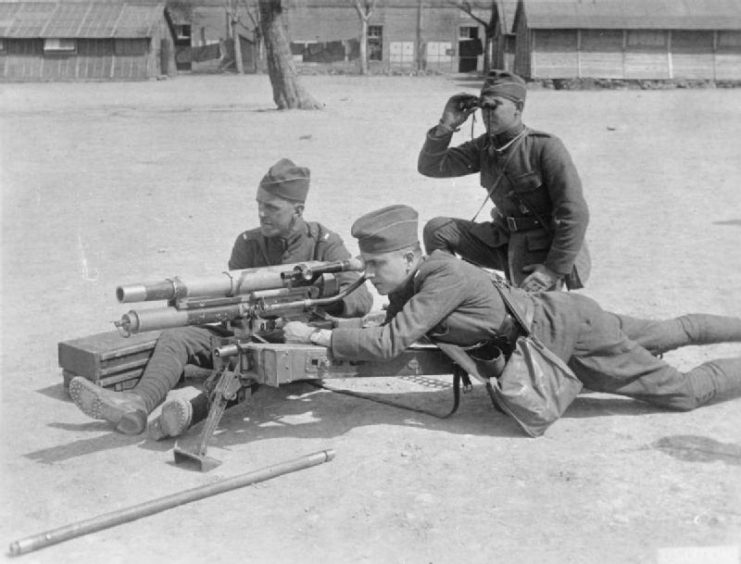
The 37 mm M1916, officially known as the Canon d’Infanterie de 37 modèle 1916 TRP, was developed by the French Army in 1915, with the intention of providing infantrymen with an effective weapon that could both disrupt enemy action and clear the path for the advancing line. Additionally, the service wanted to provide a tool that could knock out enemy positions, such as barbed wire fences and enemy machine gun nests.
Atelier de Construction de Puteaux (APX) was tasked with designing and manufacturing the weapon, producing 4,000. Along with use on the frontlines, it was also tested aboard aircraft, including the British Beardmore W.B.V. single-engine shipborne biplane fighter prototype and the French Salmson-Moineau S.M.1 A3 three-seat biplane long range reconnaissance aircraft. It was quickly removed from the former after it was proven to be too dangerous an addition.
37 mm M1916 specs
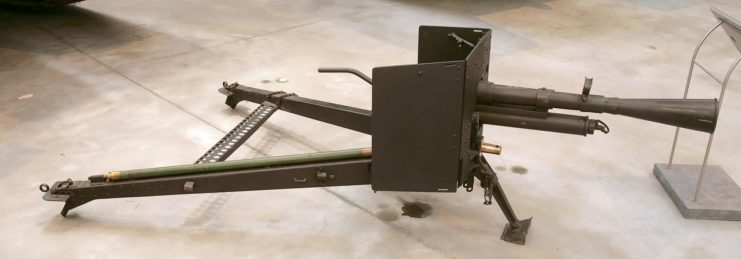
The 37 mm M1916 was a 104-pound gun and recoil mechanism mounted upon an 84-pound carriage. With the addition of wheels, it could be broken down and carried by four soldiers, two of whom served as its gun crew, taking the roles of aimer and loader.
Use on the frontlines during World War I
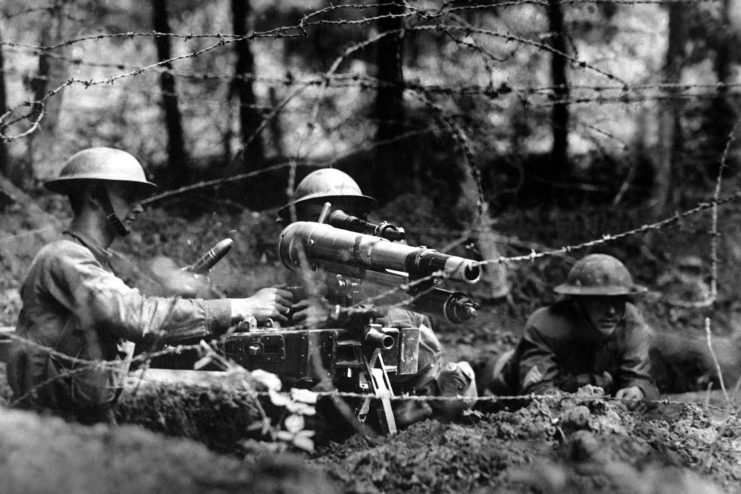
Over the course of its service history, the 37 mm M1916 was used by forces from the United States, the United Kingdom, the Philippines, Belgium, France, Poland, Italy and North Vietnam, the latter of which equipping it during the First Indochina War. However, the weapon saw much of its action on the Western Front during the First World War.
In May 1918, the French deployed the Renault FT-17 to the frontlines. The world’s first modern tank, it could travel at 5 MPH while providing much-needed mobile fire support for troops fighting the Germans during the war’s final Allied offensive. Around half of the FT-17s that saw action were equipped with the 37 mm M1916, while the other 50 percent saw their firepower come from 8 mm Hotchkiss M1914 machine guns.
Issues with the 37 mm M1916 on the Western Front
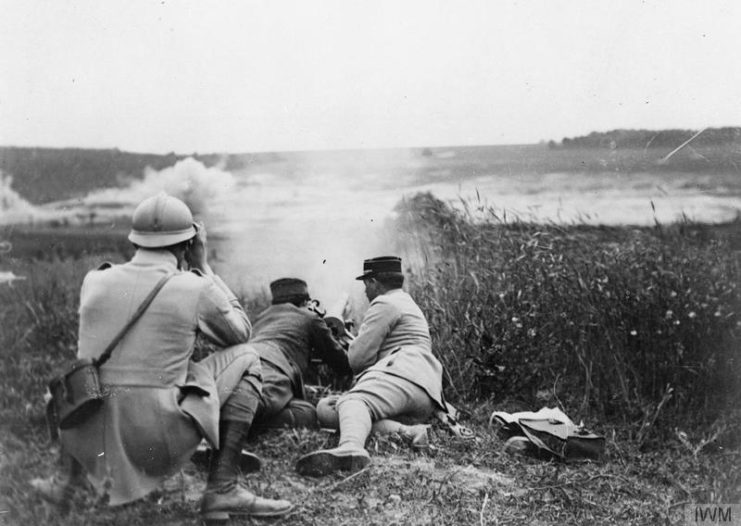
While it was developed for use on the Western Front, the 37 mm M1916 actually proved to be a hindrance. At 104 pounds, it was difficult to transport across the muddy conditions of No Man’s Land, and its large size meant it was difficult to transport across the trenches that lined the frontlines. The weapon’s weight also meant its operators were often unable to keep up with the fast-paced nature of the conflict.
On top of this, the 37 mm M1916 wasn’t the best at performing the task it was designed for: destroying enemy machine gun emplacements. Mortars proved to be far more effective. This, paired with their lighter weight, made them the preferred choice.
Superseded by more effective weapons during World War II
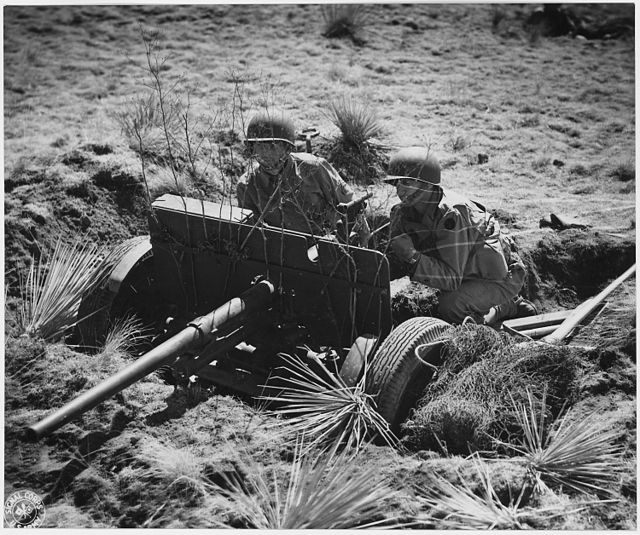
During the interwar period, the US Army created infantry regiments with howitzer companies, which were armed with a host of support weapons, including the 37 mm M1916. However, only the National Guard could afford to maintain them, with the Army having to settle for platoons, which trained using a cost-effective .22-caliber sub-caliber device. These units were disbanded in 1941 and replaced by anti-tank platoons, with the majority of the 37 mm M1916s either being scrapped or placed in storage.
When the US joined the Second World War following the Japanese attack on Pearl Harbor, the 37 mm M1916 had largely been replaced by the more effective 37 mm gun M3, the first anti-tank gun fielded by the country’s forces in numbers. The Americans fighting in the Philippines Campaign in 1941-42 did occasionally man the WWI-era weapon, but only because they were running low on available M3s.
Type 11 37 mm infantry support gun
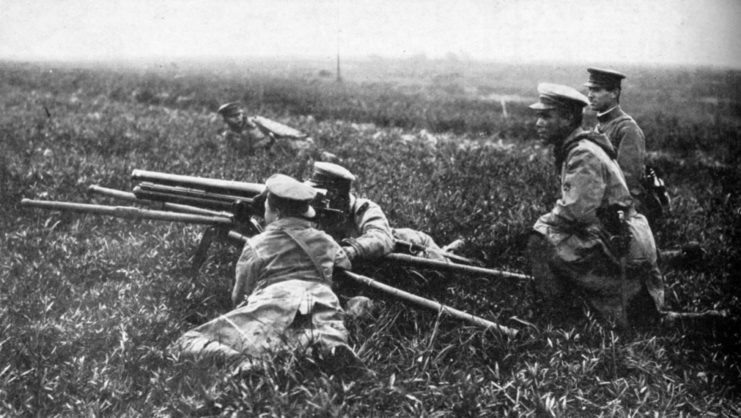
Following WWI, the Imperial Japanese Army (IJA) purchased a production license to manufacture their own variant of the 37 mm M1916. Dubbed the Type 11, it provided infantry support for troops fighting in the Second Sino-Japanese War and WWII.
Production of the Type 11 occurred between 1922-37, with the weapon itself being equipped from 1922-45. It required a crew of 10 to operate – four gunners and six support personnel – and fired both the powerful Type 12 HE and a rather ineffective anti-tank shell. Along with being carried onto the front by soldiers for use against enemy machine gun positions, the Type 11 was equipped by the Japanese Renault NC27 and Type 89 I-Go medium tanks.
